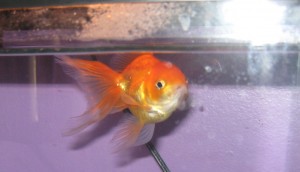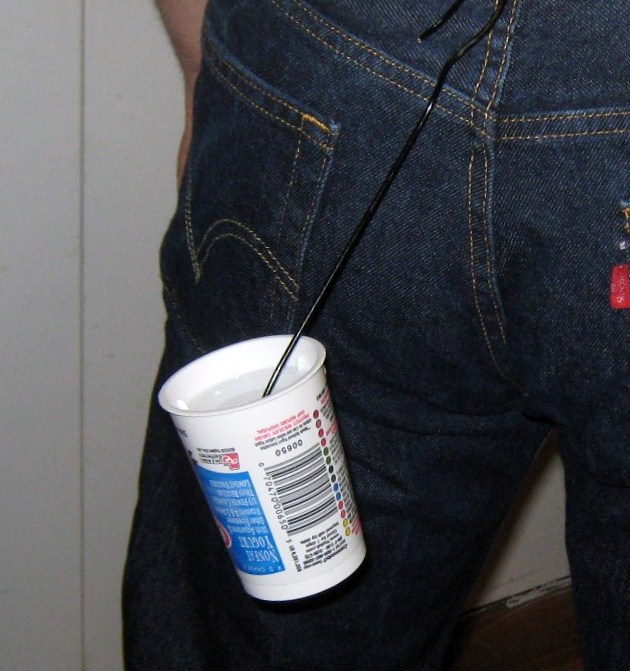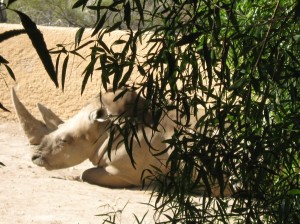The riddle of the lost feather
Here is a question for you: Could something as seemingly harmless as a feather disrupt the operations of a prison? The bird probably would not give the loss of a feather it a second thought. But, it is a simple scenario that staff should ponder.
I saw it a few yards from the dining hall, on the grass next to the walk. It was a perfectly formed, seven inch long feather. The feather seemed out of place to me. It was just like seeing an archaic telephone booth in a desolate desert setting.
As I picked it up, I wondered what it could be made into. In other words, how could the feather be used against staff or prisoners? Could something as innocuous as this be transformed into an implement of danger?
A shank? – Admittedly, the feather’s quill could be easily sharpened. However, the hollow, stem-like shaft would not necessarily make a good shank. The material is simply too flexible to damage flesh. Of course with the right thrust, precision sharpening, and with a bit of surprise, a sharpened quill could pierce an eye.
A tool of self mutilation? – We know that some offenders will hurt themselves. Whatever the particular reason, it is a common enough occurrence. Almost all veteran corrections staff have heard a story of some offender who inserts some sharpened object into an uncomfortable part of themselves. Just as an inmate could obtain a wire or sharpened plastic and cut or insert into their flesh, a sharpened quill could be employed for this purpose.
A blow gun? – With patience and a paper clip, a quill could be completely hollowed to resemble a straw. A hollowed quill could be used as a blow gun. However, unless it is an ostrich or peacock feather the shaft opening would be too small to pose much of a danger. Though possible, it is not very probable.
A squirt gun? – Everyone had made a makeshift squirt gun in elementary school. Rather than open the small carton of milk, students simply pierce the top of the unopened container with a pencil and insert a straw. Inevitably, the student discovers that by squeezing a full container, a squirt gun is born.
In most institutions, containers are forbidden in certain areas, as they can be used to hurl noxious liquids at staff and other prisoners. This rule will not thwart a prisoner with a mission. Where there is a will, there is a way.
It does not take too much imagination to pair the straw-like remains of a feather shaft with squeezable plastic or even a paper sack. With the right material, patience, and a sealant, the feather can be adapted into a liquid gun.
The feather squirt gun needs not be completely leak proof in order to work. Still, with purloined plastic wrap, it would be reinforced and have a longer life. A seal between the feather shaft/straw and the container is easily contrived. Items that prisoners are permitted to possess can serve this function. Sealing agents include peanut butter or petroleum jelly. Less useful but still possible, fluids that humans naturally produce can seal, after a fashion.
So, what of the single plume? Why ponder unlikely uses? Is this an exercise in over-worry? Is this over-thinking the very simple? To answer these questions, I thought of the possibilities rather than the improbabilities. I admit that a single feather will not likely become a dangerous weapon. However, it is not beyond the realm of possibility.
Because of this, I retrieved the feather and discarded it. This feather would not reach inmate hands. The chief rationale for this lies in thwarting an opportunity. Why tempt fate? Why should I doubt the potency of inmate ingenuity? Why not remove a possible threat or item of trade? That action could have saved a colleague’s eye – or even my own.
Others may say, “Big deal! Who cares if a prisoner gets a hold of a feather?” My answer to that it probably does not make a difference. But, it certainly would not hurt anything to remove something that is not commonly permitted per the policy directive that governs personal property.
In any event, it is a fun exercise to ponder alternative uses for common items. This is how we stay vested in the job. New riddles stretch our brains a bit and keep us mentally flexible. Riddles like this can pull us out of thinking ruts. Even if the riddle has no answer, it is worthwhile to think outside of conventional areas.
Though I am no ornithologist, I am fairly certain that a bird would never consider how the loss of a feather may impact the thoughts of one corrections professional. In the end, something seemingly innocuous – like an errant feather may – may have more sinister uses than one initially supposes.







 Despite our steady movement into the digital age, corrections still runs largely on paper. And while we may one day bid adieu to paper, do not count on this happening in this part of the decade.
Despite our steady movement into the digital age, corrections still runs largely on paper. And while we may one day bid adieu to paper, do not count on this happening in this part of the decade. 